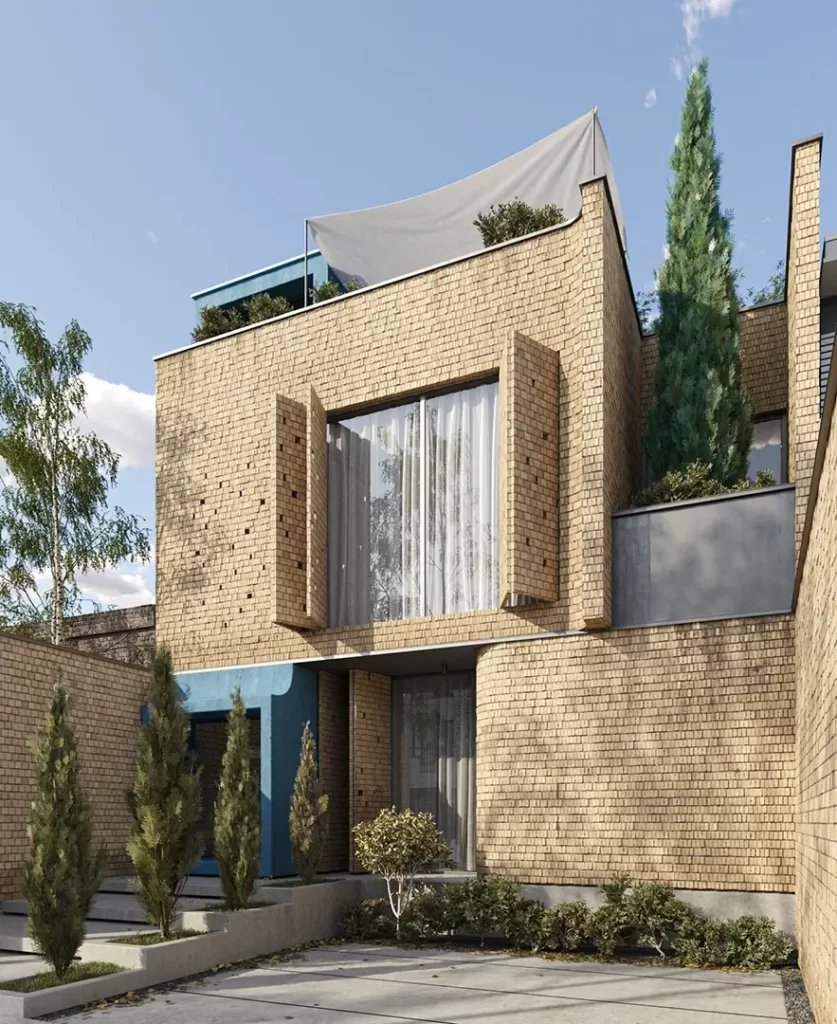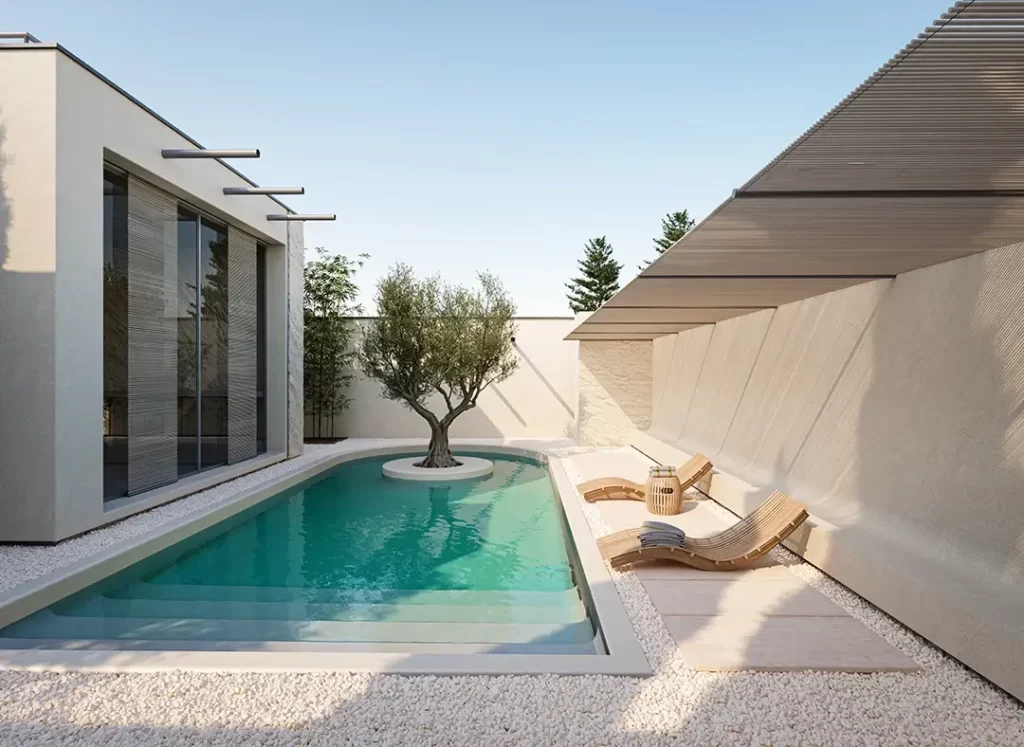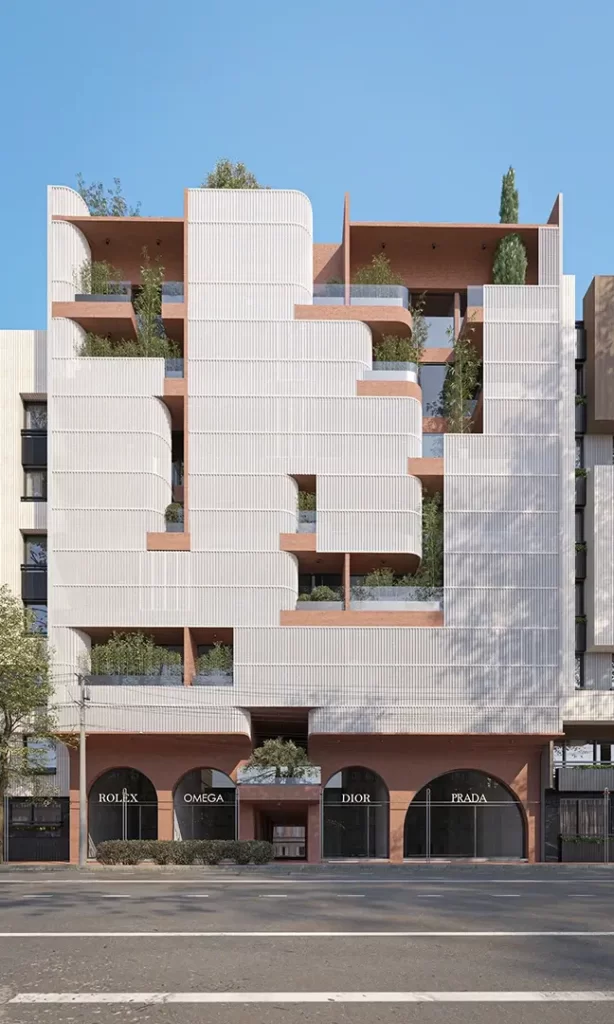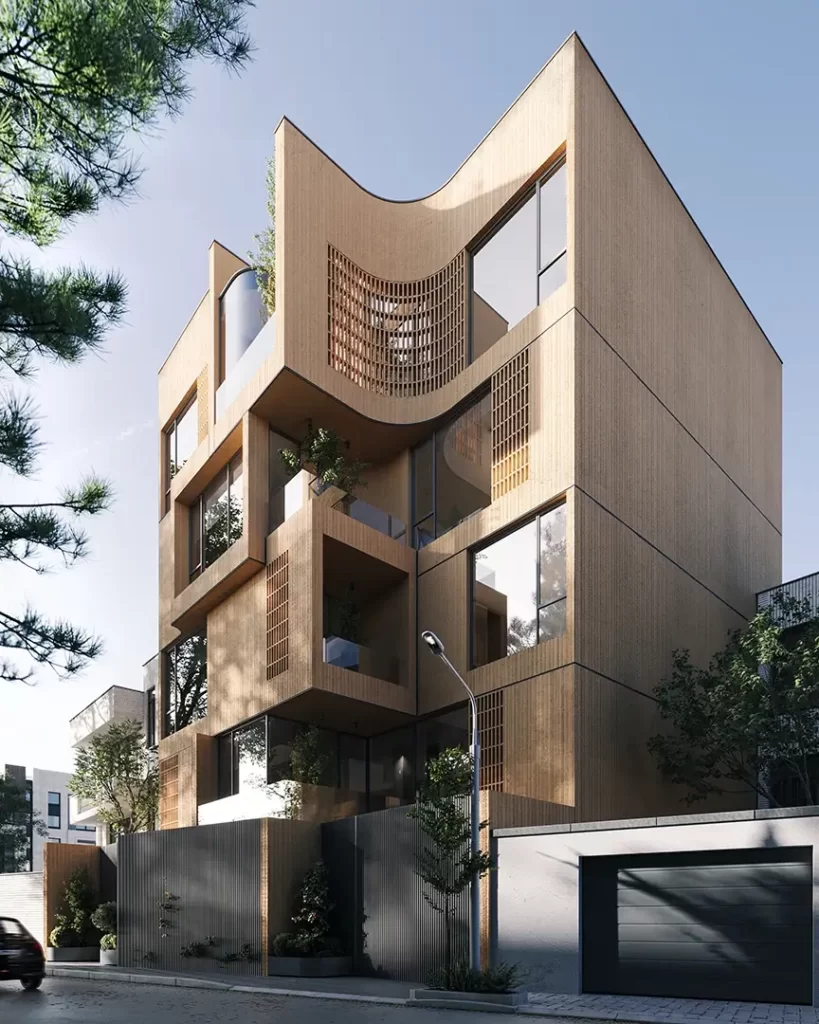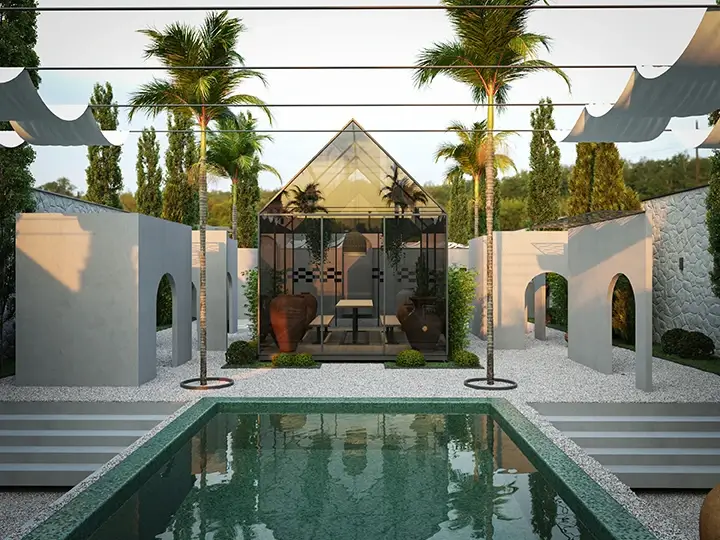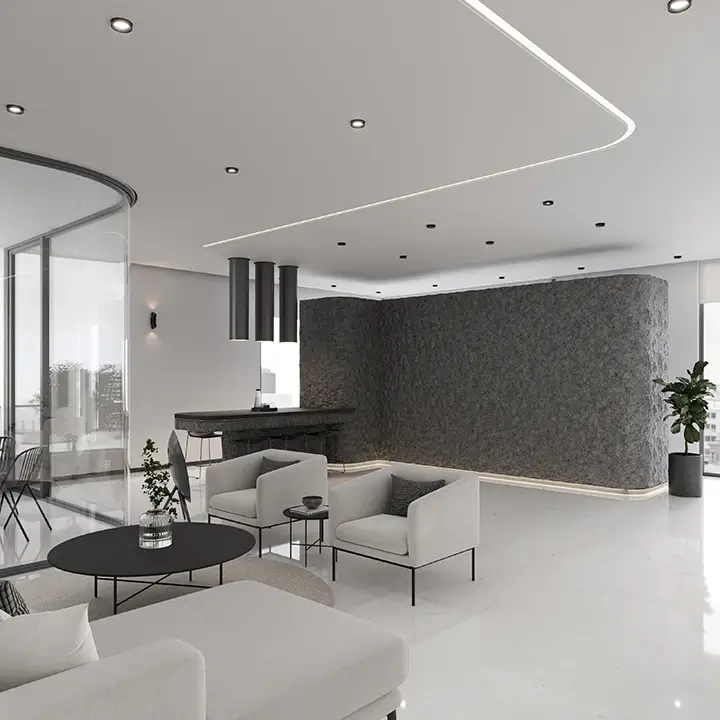Restricted Design Competition 2018
Second Place in the Restricted Design Competition for the Monument
Design Concept
In a letter to Ayatollah Hashemi Rafsanjani, Imam Khomeini states:
“Martyr Modarres, who was assassinated on Reza Khan’s orders, sent word from the hospital: ‘Tell Reza Khan I am still alive.’ Modarres is still alive even now. The men of history remain alive until the very end. Ayatollah Hashemi is also alive, because the movement is alive.”
This sentence contains truths rooted in history: the great figures of a movement do not die. We may mourn for a time in sorrow over a great loss, yet a movement that has popular foundation and standing will, in a new birth, fill that absence again. Look at our modern history — Amir Kabir, Martyr Modarres, Imam Khomeini, and now Ayatollah Hashemi — one after another came, their memory remained, and we felt their presence once more through another figure.
Following his passing, most of the discussions revolved around the great loss, with all figures and dignitaries speaking of the heartbreaking absence. As the Supreme Leader also said in his message:
“The loss of a comrade-in-arms and companion whose collaboration and shared sentiments go back a full fifty-nine years is difficult and agonizing.”
Such words reveal the collective concern among currents, personalities, and the public about the post‑Hashemi era.
Through reviewing all the days following his death, it became clearer to us how to shape a memorial element reflecting his personality without dwelling on political divisions. Ayatollah Hashemi was a fighter and a prudent statesman. It is natural that throughout his life he had both supporters and opponents. Therefore, we sought an aspect of him that would evoke maximum consensus: loss — the keyword on which everyone agreed.
An example of this outlook can be drawn from the condolence letter of our former president, Ayatollah Khatami:
“I hope from Almighty God that His vast and special grace compensates for the heavy loss of his absence.”
We thus based the concept and design of the Ayatollah Hashemi memorial element on the notion of his loss. Yet in this path, we faced a vital and significant question.
Design Problem
Urban memorials often get lost between differing public perceptions. They are either overly abstract and thus inaccessible to the general mind, or else too superficial. How could we architecturally address both of these extremes?
Problem Resolution
For this memorial, we aimed to pursue both design approaches. That is, within the design context, we would incorporate abstract layers for discerning, inquisitive minds, and on another level, maintain a dialogue with the general public.
Level One: As can be seen in the design process, the plan is inspired by four phases of Ayatollah Hashemi’s life — the era of struggle and the Islamic Revolution; the period of war and peace; the Reconstruction era; and finally, the post‑Hashemi period. On another level of architectural abstraction, we have brought together his companions from the first three phases: an abstraction of the assembly of revolutionaries, the Iran–Iraq war front, and the Reconstruction era. In a corner of the design, however, there is a void — the absence marking his loss. Thus, the first level, the abstract concept, was shaped.
Level Two: Perhaps the most important part of a memorial is engaging the public’s perception. Too much abstraction creates distance; too much superficiality does the same. Our solution for this is what we call the genome. Genomes are symbolic, emblematic forms and ideas that, over the years, have come to represent certain meanings, maintaining continuity between generations.
For this memorial, we sought a genome of freedom, resistance, struggle, movement, vitality, and life‑giving qualities — concepts close to figures like Amir Kabir and Ayatollah Hashemi. In this search, we arrived at the cypress tree: a genome of form, a pillar of architecture, space, art, and national and religious traditions across eras, evoking precisely the intended meanings.
Yet the essential point in using genomes is how they are applied. In this memorial, we employed the cypress as a parallel yet living entity beside our abstract memorial, placing it in the “period of loss.” As discussed before, the figures of a movement come and go one after another. If Amir Kabir came, Ayatollah Hashemi followed, and after him, others must be nurtured with such qualities.
Planting a young cypress at the heart of this “loss” transforms the memorial into a performance — a living, organic work — such that, over time, his absence will be replaced by a beautiful, well‑formed, and dignified cypress. The very presence of this blessed element will resonate in the public mind, reminding them of the ideals expressed.
Hence, many meanings — all of the same essence — will be evoked for the audience. The cypress thus reinforces the idea of loss at the first (abstract) level, and recalls Ayatollah Hashemi’s character at the second.
